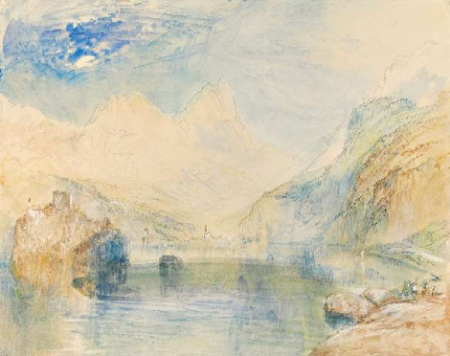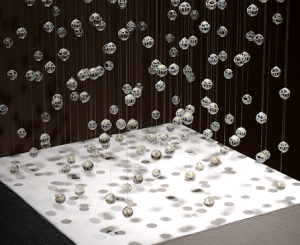Biography of Susan Henry
Born in the north of England to a multi-generational line of cotton mill workers, I like to say that fiber is in the blood, if not the lungs, of all my forebears. My maternal grandmother taught me to knit, and a great aunt taught me to crochet at an early age. As the last of the mills in Oldham, Lancashire closed in 1961 my family moved to Southern California for greater opportunities.

Although I loved my art classes throughout school and continued to pursue fiber "hobbies" I ended up going to nursing school in 1978 rather than art school.
In the 1980s through the 1990s I was swept up in the quilting resurgence. In 2006, as the last of our three children went to college (majoring in studio art), I went back to college as well to major in Three-Dimensional Studio Art with an emphasis on Fiber, graduating Cum Laude, in 2009.
It was at California State University Long Beach that I encountered many of my influences. Their graduation requirements of an expanded scope of learning both broadened my experiences and exposed me to a wide range of techniques and materials.
As a result, I took several ceramics and metals classes in addition to fiber classes, an array of art history classes, and interacted with many skilled instructors.
As it happens, it was in an art history class that I was introduced to one of my greatest influences and a fellow countryman.
Joseph Mallord William Turner was a notable British painter of the 1700s who is most known for Hannibal Crossing the Alps and The Slave Ship. His early work demonstrated a command of perspective and focused on realism and topography. His contemporaries described his work as "fantastic puzzles".

As Turner's work further developed, he began to focus on natural phenomena such as sunlight, storms, rain, and fog. He was fascinated by the violent power of the sea.
He became an expert at measuring the moods of nature. The resulting abstraction which conveyed movement and chaos was a direct influence on the emerging impressionists who would follow him.
Turner's influence in my work is reflective of a certain amount of structure and perspective which appeals to my desire for order and organization, and yet the freedom during construction to add to the chaos and feel the movement always surprises me. I often feel like I am doing a puzzle that has no border.
The discharge effect I use on wool creates such delicate effects and muted tones that easily translate to a palette representing nature.

I aspire, like Turner, to present atmospheric effects with the skill of a draftsman to convey mood rather than information.
Like Turner, much of my work is influenced by water - the fluidity, transparency, and power.
Human beings are made up mostly of water, about 71%, roughly the same percentage as the surface of the Earth. Even our blood contains roughly the same percentage of salt as the ocean, where the first life forms evolved.
Life is a water-based phenomenon; therefore, it is no wonder that water has become a metaphor for purification and a symbol of sacredness for healing.
As I work, I am constantly reminded that textile production is heavily dependent upon water, whether it be growing plant material or raising animals, harvesting and processing, or dyeing and washing.
My work is a manifestation of the power of water; to inspire, to soothe, to awe, to transform.